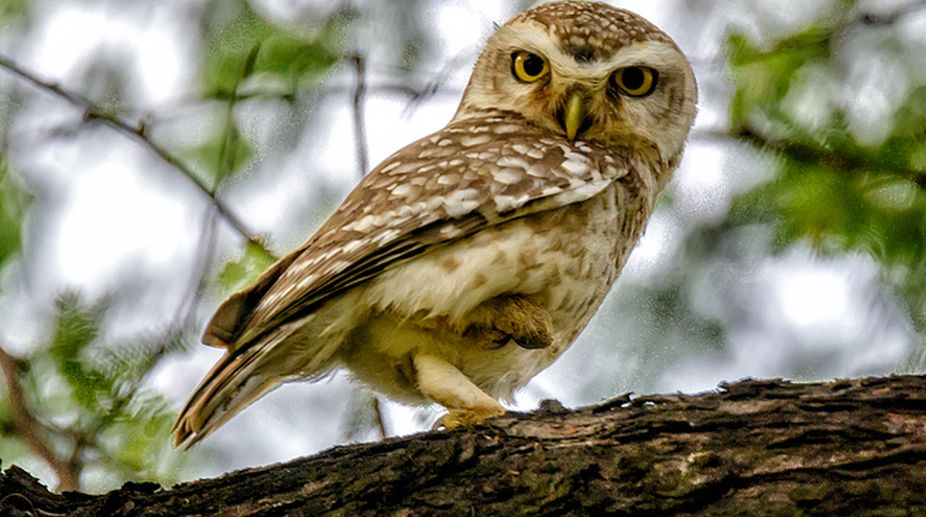Korean contemporary art graces India Art Fair 2025
With the growing influence of Korean culture in India, people thronged to the Korean Cultural Centre’s exhibition booth at the India Art Fair 2025 here.
An endearing portrayal of the owl and a debut solo with a series on Paper Towns, marked the art scene in the Capital last week.

(Getty Images)
The owl embodies amazingly paradoxical theories between the east and the west. While in the west the owl is a symbol of wisdom and stillness, as also an omen of sorts, in the east the owl is regarded as funny and foolish, as also the carrier of Laxmi, the goddess of wealth.
Western illustrations abound in the image of the owl on a dark night, perched on the parapet of a deserted castle, the darkness persisting despite the moon. Lawyer turned artist Bahar Dhawan Rohatgi has taken up this night creature as her subject for the series The Night.
Advertisement
Superstitions reign supreme in India, and as the carrier of Laxmi, or wealth, people have been known to usher the owl into their premises and killing them, to prevent Laxmi to exit without a vahan! Moved by the sheer cruelty of it, Bahar paints owls for awareness and interest. Impressed, Apparao Galleries suggested the series, undertaking to exhibit.
Advertisement
Bahar works with very laborious material like laser cut metal fixed with reduced plastic, cement, stone, metal scrap, on acrylic colours among other things, mainly on wooden sheets, a lot with her hands.
Highly textured in their visual effect, Bahar’s owls endear themselves principally with the expression of their eyes. Questioning, eager, apprehensive, pensive, terrified, pleading, entreating, wondrous, protective, watchful ~ they just seem to want for mankind to let them live.
This feathered protagonist is thus seen as a creature of the wild, a protective parent, a reminder in the lounge; alternately, highly ornate, glitzy, or soft and furry, in a sequence of personalised images, in a rather successful attempt at inserting diversity within the unity of subject.
Between The Lodhi Hotel and Apparao though, it would help to display in dedicated spaces rather than having to wander through corridors and chambers to access works making for unwelcome diversion and waiting.
Ose’ Art and Design
Ose’ Art and Design presents Apoorva Subbanna with her series Paper Towns at the Alliance Francaise in her debut solo. Apoorva’s work is controlled and articulate, appealing whether or not one yet comprehends fully her relation to John Greene’s Paper Towns. Nevertheless towns, by virtue of what they are, will always remain dynamic ~ changing continuously. By their very nature then, Paper Towns are so because while they remain one thing on paper, their reality and destiny are quite another on ground, manifesting their inhabitants’ dreams, aspirations, successes, failures, and above all their sense of self.
The ancient city of Varanasi is a case in point, having evolved with changing times, rife with faith, ritual and belief in its every nook.
This riverbank civilisation is articulated by stencilled silhouettes that enunciate the topography and architectural rhythms of the city as a whole, hidden yet distinguishable, just like its ancient labyrinthine interiors.
Mountain Dreams, the other part of the exhibition, shows the artist‘s spirit soar. Put against the backdrop of the ever-changing cityscape, the intransient nature of the mountains seem to hold a steadying effect on the artist, a sense of elevation and freedom overtaking her being. The buildings, trees and birds in Apoorva’s vocabulary, are set in the same mould as her father’s fine linear creations, and like them a pleasure to behold.
Apoorva shows promise in thought, content and craft, and the confidence to express what she believes ~ a fine new addition to the crop of second generation artists, each one an entity in their own right, happily upholding their legacy.
Advertisement